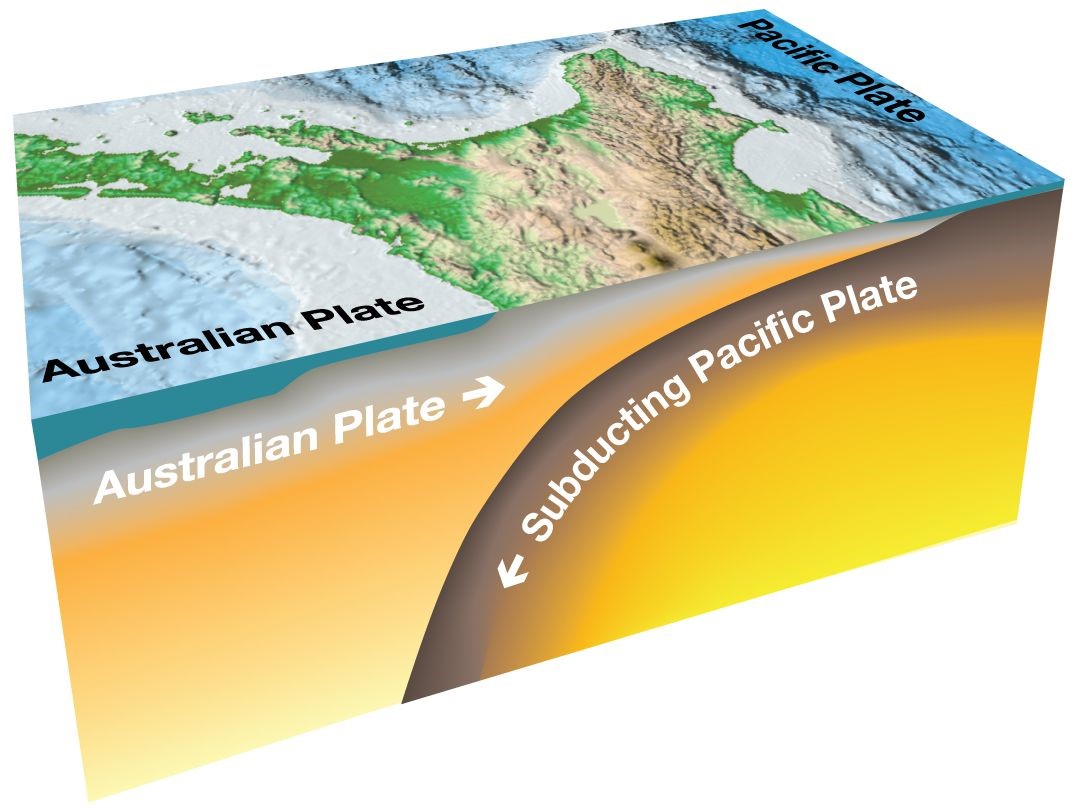Scientists and civil defence groups are putting together an emergency response plan for a potential earthquake on New Zealand’s largest fault.
Five Civil Defence Emergency Management (CDEM) groups from across the North Island have banded together to plan how they would need to respond to a scenario involving a magnitude 8.9 megathrust earthquake and resulting tsunami in the Hikurangi Subduction Zone.
The civil defence groups from Gisborne, Bay of Plenty, Hawke’s Bay, Manawatu-Whanganui and Wellington – the regions most likely to be affected – have launched the planning project because of recent data that suggests the next rupture might be sooner than anticipated. Project lead Natasha Goldring said in a statement: “although the project is being driven by CDEM groups, people still needed to make sure they understood the risks they face and take the necessary steps to prepare themselves”.
The Hikurangi Subduction Zone is actually the plate boundary where the Pacific plate is forced underneath the Australian plate. The fault runs under the sea from east of East Cape to Kaikoura, and an earthquake could occur at any point along the boundary.
Based on the geology of the coastline and the fault, we know there have been a range of earthquakes in the past from magnitude 7 to 9. GNS earthquake geologist Kate Clark told TVNZ’s Breakfast “we don’t know the exact size that the next large earthquake could be… but there’s a range of possibilities.”
Earthquakes on subduction zone faults have caused some of the most deadly earthquakes in recent history, including the 2011 Japan quake. Geophysicist Professor Martha Savage from Victoria University of Wellington told Newshub a quake in the Hikurangi subduction zone could just as destructive as Japan’s 2011 quake, generating tsunami waves of up to 30 metres high.
“Because the subduction zone is closer to us than it is in Japan, we would have large tsunamis and we wouldn’t have as much warning – they could come in as early as six minutes”.
“That would be very devastating to people near the coast – you could have up to 15, 20, 30m waves.”
The announcement was covered widely by local media, including:
Newshub: Hikurangi megathrust quake could be more destructive than Japan’s with 30m waves
Stuff.co.nz: Scientists prepare for Hikurangi subduction zone faultline to rupture in future
NZHerald: ‘Case of when, not if’: Preparing for the big ‘megathrust’ earthquake from the Hikurangi subduction zone
TVNZ: Planned meetings the next step in preparing for Hikurangi mega-quake predicted for North Island’s east coast
MSN: Hikurangi fault : Emergency response project rolls out
